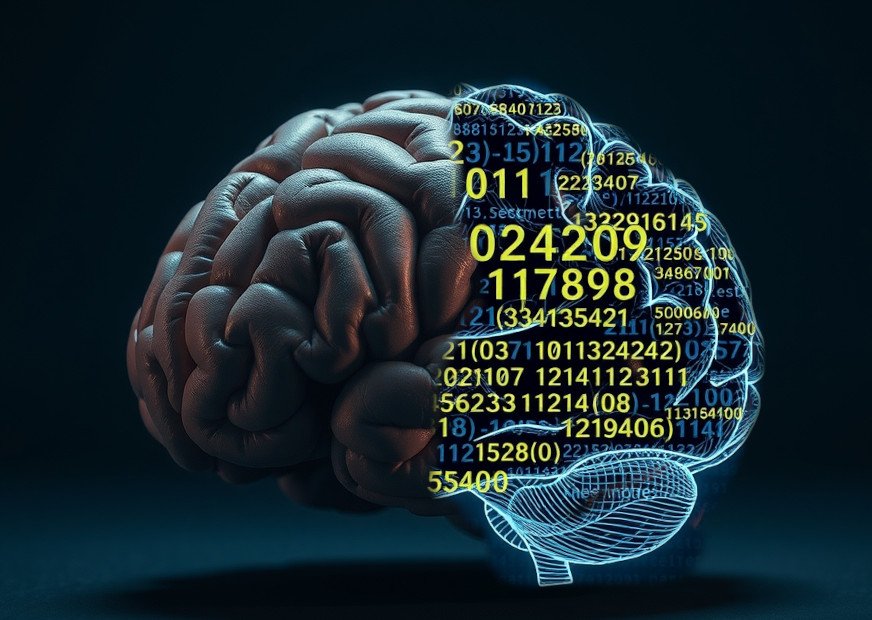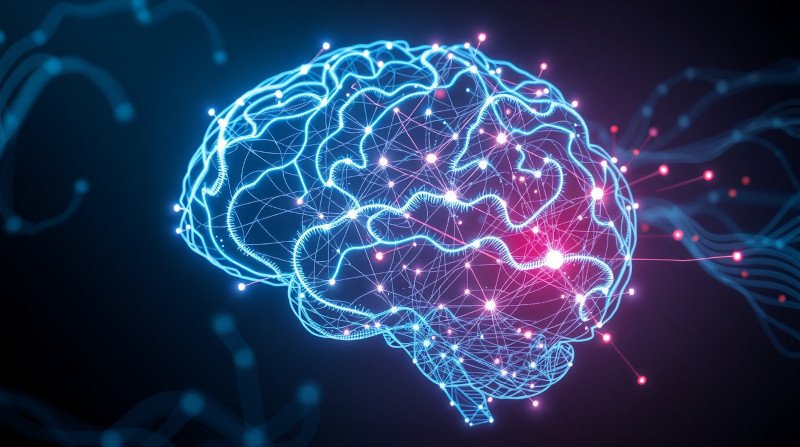“Imagine a brain—not made of neurons and flesh, but of code and numbers—that can recognize your face, write music, or even beat you at chess…”
Sounds like something straight out of a sci-fi movie, right?
But it’s not fiction—it’s artificial intelligence. And behind the curtain of this digital wizardry lies something called a neural network.
In this post, we’re peeling back the layers of this fascinating technology. Whether you’re a curious tech enthusiast, a student dipping your toes into AI, or someone who just wants to know how your phone seems to know you so well, this guide will demystify what’s going on inside the “mind” of an AI.
And no—you don’t need a computer science degree to follow along.
🧩 What Is a Neural Network, Really?

Let’s start with the basics. Think of a neural network as a digital brain, but one that works very differently from ours.
Your biological brain is made up of billions of neurons that send signals to each other to help you think, move, recognize faces, or remember your favorite ice cream flavor.
Now imagine replicating that idea—but with math.
In a neural network, we have:
- Input layer: Where data enters (like an image, sound, or text).
- Hidden layers: Where most of the magic happens. These layers process the data using mathematical operations.
- Output layer: Where the final answer comes out (e.g., “That’s a cat” or “That’s not a cat”).
Each layer is made up of nodes (aka artificial neurons), and these are connected to each other like a web. Data flows through the web, gets transformed, and pops out the other side as something meaningful.
Simple?
Kind of. But what happens next is where things get wild.
📚 How Neural Networks Learn Without Being Told

Here’s the cool part:
neural networks don’t come preloaded with instructions like a recipe book. They learn from experience, just like you did as a kid.
Let’s say we want an AI to recognize cats.
We start by feeding it thousands of pictures—some with cats, some without. At first, the AI guesses randomly. It might call a toaster a cat. But each time it gets it wrong, it adjusts its internal settings to improve.
This learning process is called backpropagation, and it works like this:
- The AI makes a guess.
- The guess is checked against the correct answer.
- If it’s wrong, the network calculates the error.
- It tweaks the internal connections—called weights—to do better next time.
Think of weights like volume knobs controlling how much one neuron influences another. Over time, the AI fine-tunes these knobs until it starts spotting patterns like:
- Pointy ears
- Whiskers
- Fluffy tails
And guess what?
It can eventually recognize a cat it’s never seen before.
It’s not memorizing—it’s generalizing.
That’s real learning.
🧠 The Inner Workings of AI “Thinking”

So, how does all this feel like “thinking”?
Here’s a look inside:
- An image (say, a cat photo) is broken down into pixels—tiny bits of light and color.

- These pixels are turned into numbers, and those numbers go into the input layer.
- As they move through the hidden layers, the AI performs millions of calculations—adding, multiplying, applying complex functions.
- Each hidden layer learns to detect different features: one layer might pick up edges, another might detect shapes like ears or eyes.
- By the time the data reaches the output layer, it has been refined into a final answer: Cat detected.
The entire process can take milliseconds.
But here’s the twist:
in many deep neural networks (especially the huge ones with hundreds of layers), even the engineers can’t fully explain how the AI arrived at its decision.
This is known as the black box problem—we can see what goes in and what comes out, but the stuff in the middle is often a mystery.
It’s not human thinking. It’s AI thinking: alien, mathematical, and strangely brilliant.
🚗 Why This Matters in the Real World

You might be thinking, “This is cool and all, but why should I care?”
Here’s why: neural networks power much of the technology you use every single day.
- Voice assistants like Siri and Alexa? Neural networks.
- Netflix and YouTube recommendations? Neural networks.
- Self-driving cars scanning the road? Yup—neural networks again.
- Spam filters, facial recognition, chatbots, fraud detection, even AI art generators… all use neural networks.
The better we understand them, the more we can use them wisely, build smarter tools, and ask better questions about ethics, bias, and control.
AI isn’t some distant future—it’s already here, reshaping how we live, work, and think.
💭 The Magic (and Mystery) of Artificial Minds

Neural networks are like digital minds—but not in the sci-fi, robotic villain kind of way.
They’re tools. Extremely powerful ones. Tools that see, learn, predict, and create in ways that are both logical and a little bit magical.
But they’re also limited:
- They don’t feel.
- They don’t “understand” in a human sense.
- They work only as well as the data and design behind them.
Still, when you realize that a mathematical system can learn to tell a cat from a dog—or generate original art, music, or text—it makes you rethink what intelligence even means.
And that’s worth pondering.
🧠 Quick Recap: How Neural Networks Think
- Inspired by biology: Like our brain, but made of math.
- Learning through errors: Using backpropagation and weight adjustments.
- Data-driven pattern detection: Not memorizing—generalizing.
- A bit of a black box: Even experts don’t always know how it works.
- Transforming our world: Powering everything from Netflix to self-driving cars.
🗣️ Final Thoughts: Creepy, Cool, or Both?
So, what do you think? Is AI’s ability to “think” fascinating or a little freaky?
As neural networks grow more advanced, the lines between code and cognition get blurrier. Understanding how they work is more than a fun fact—it’s a gateway to the future of intelligence.
Drop your thoughts in the comments below 👇.
Watch our video:
And if you’re craving more brainy, curious content about AI, don’t forget to check out the rest of the series!

